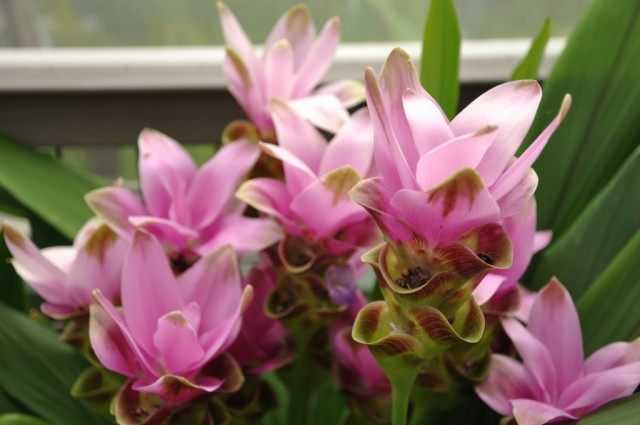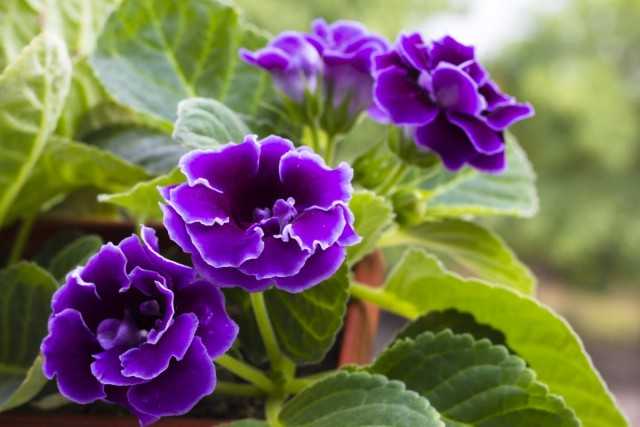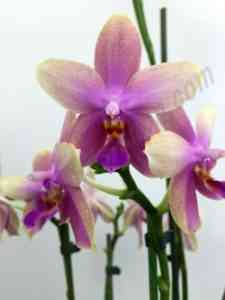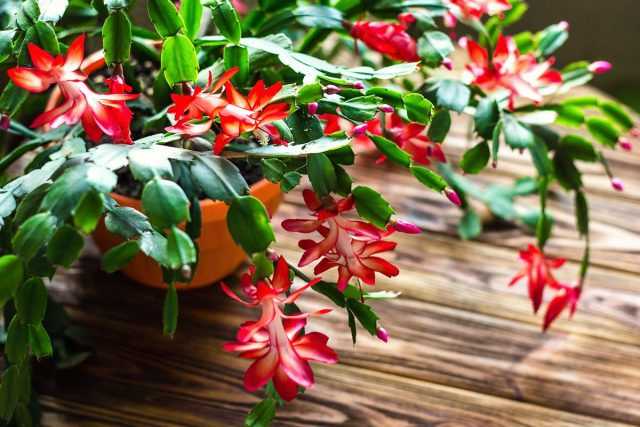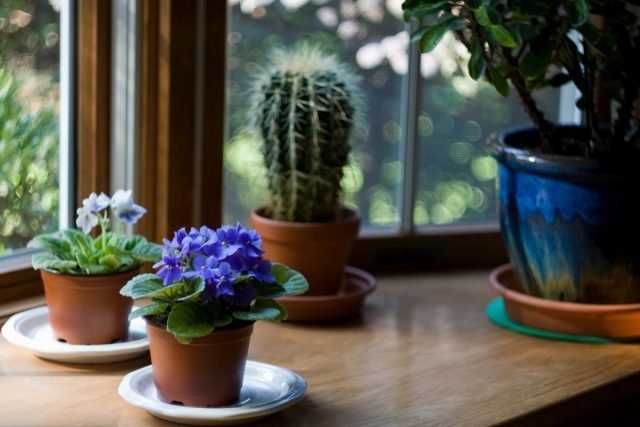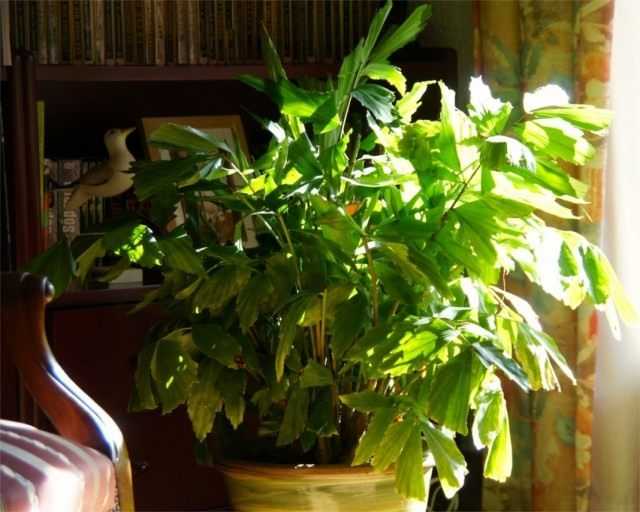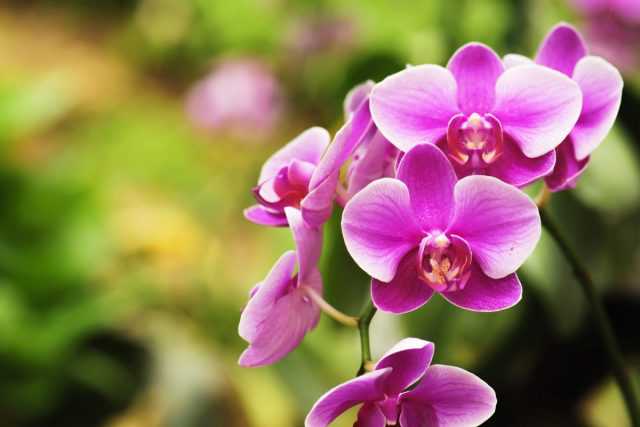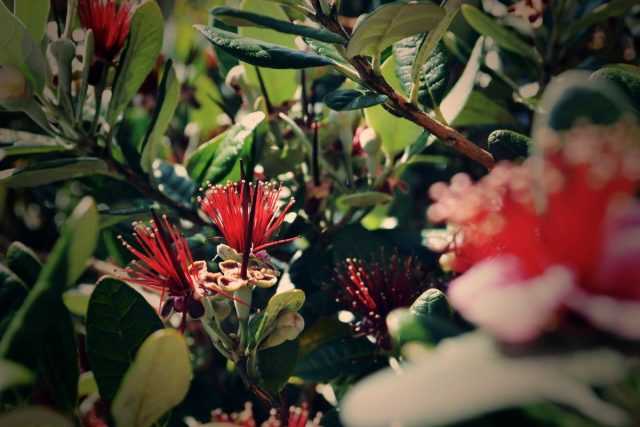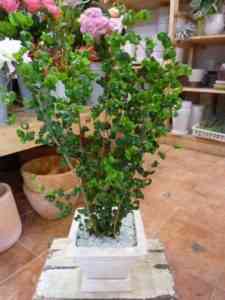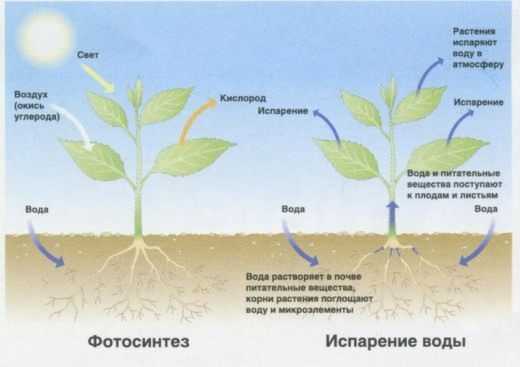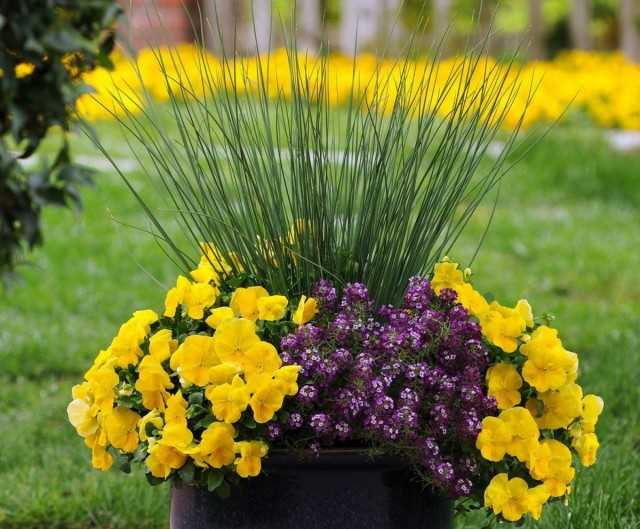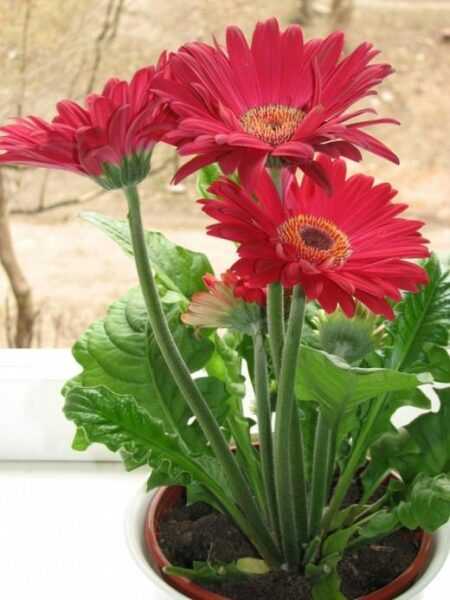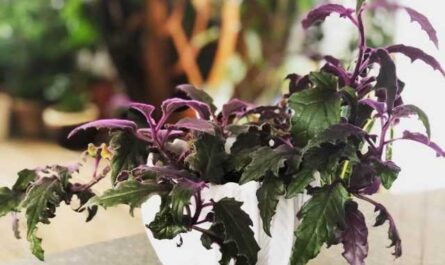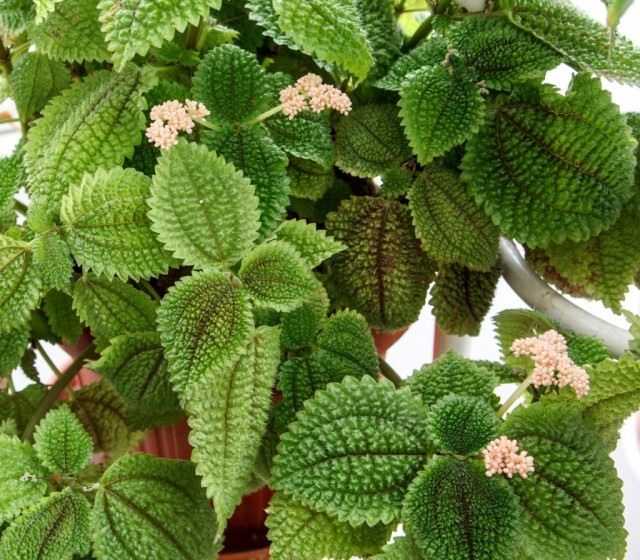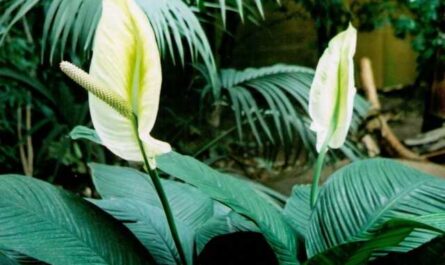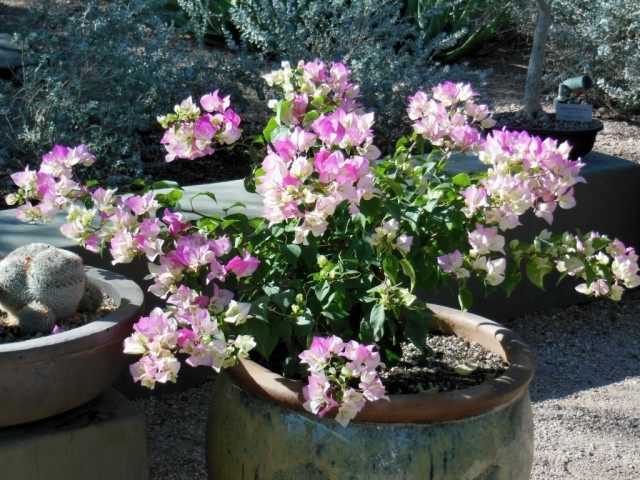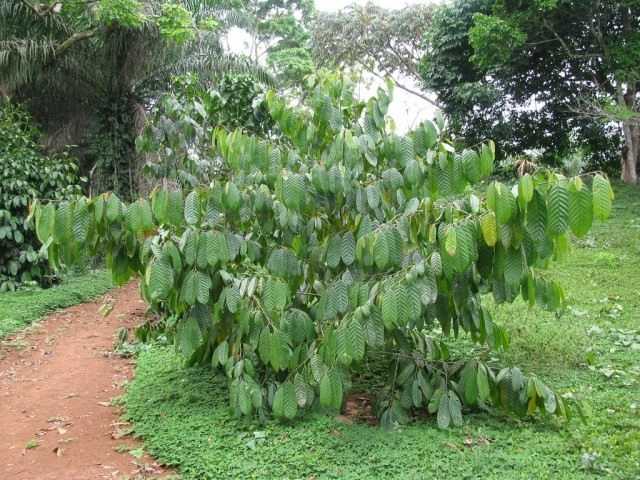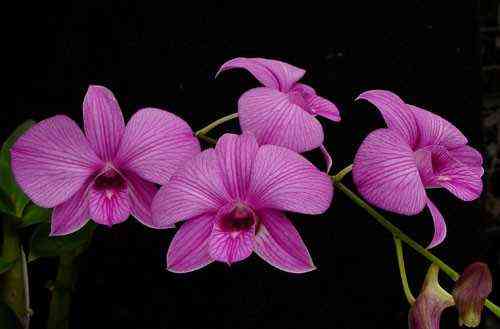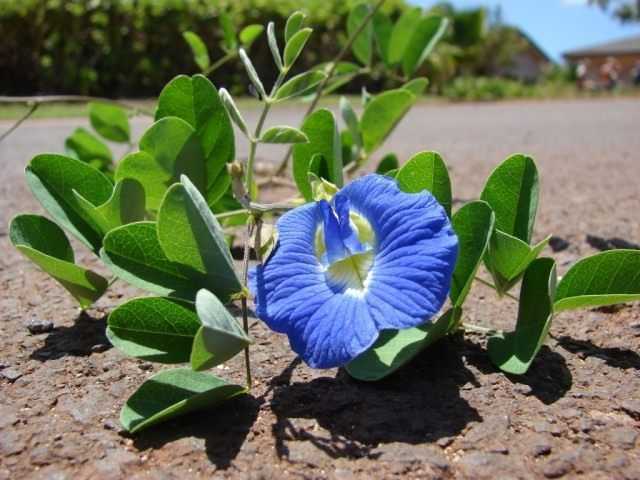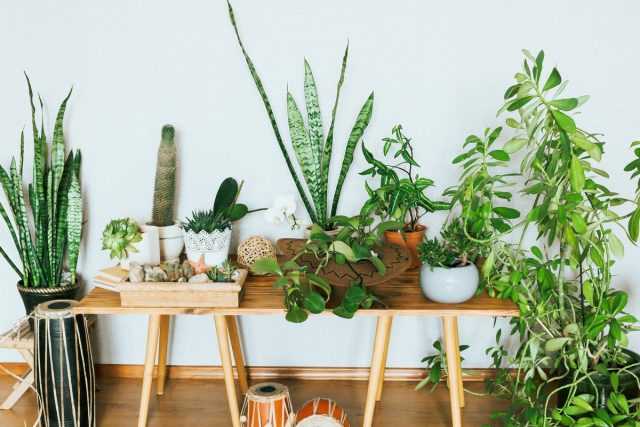On the shelves of flower shops, kiosks and even supermarkets, adults, large plants are the first to attract attention. Their ideal silhouettes, splendor, dense leaves and bright blooms look much more elegant than those of the “younger generation”. And they are better suited for a gift too. But it is the purchase of adult copies that carries the greatest risks. For elite plants, everything needs to be carefully analyzed – from their habits to the chances of recreating ideal conditions at home. After all, the more expensive a plant is, the more offensive it is to lose it due to simple carelessness when buying.
How to avoid mistakes when buying expensive indoor plants?
1. The older the plant, the greater the risks
The large size and status of elite plants should not be misleading. A considerable price does not mean at all that such plants are somehow better or more reliable than young seedlings, which are more modest in size. Rather, the opposite is true. Young and small plants adapt much better to changes, while adults lose much of the ability to endure a change of environment.
Buying indoor plants is not always guided by logic. But if they plan to replenish their collection with an elite plant – a real “large-sized”, bonsai, rare exotic, an adult who has reached full decorativeness and considerable size – it is the analysis of all the pros and cons that is the only way to avoid disappointment and financial losses.
2. Season of the year when buying plants
Elite indoor plants for sale can be found all year round. But it is the weather and the conditions under which the plants will have to be transported that you need to pay attention first of all. In harsh winters from mid-autumn to early spring, even the slightest period of uncomfortable conditions on the way from store to home can be a decisive factor for plant adaptation.
Adult plants, especially flowering, fruiting, heat-loving plants, can perceive dampness and cold as a sharp drop, which they cannot fail to respond to. And it is difficult to find a period more unfavorable for the adaptation of indoor plants. Even “old” favorites suffer from lack of light, heating, and insufficient ventilation. And new adult plants accustomed to ideal conditions and grown in the best light, humidity and temperature will experience significant stress from changes in the summer.
Even high-quality packaging of a plant in a store or a delivery service does not guarantee that transportation will not affect your valuable purchase. When planning to spend a lot of money on plants, it is better to choose the period from mid-spring to mid-September for purchase.
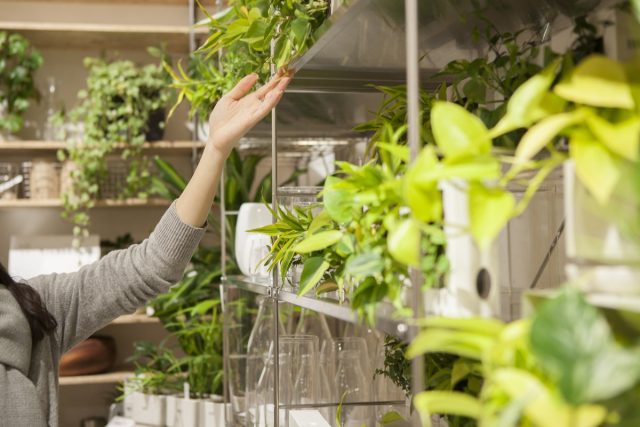
3. “Sample” of all recommendations and conditions of detention
When buying expensive indoor crops, as a rule, they offer detailed instructions on how exactly to grow them. It will not be superfluous to ask what conditions and care the plant is accustomed to in a flower shop. Of course, this is not necessary, but this is one of the simplest tricks that will help clarify the conscientiousness of the consultant and point out some tricks and tricks of the flower shop that should alert you.
Everything that is so beautifully told to you, you need to literally “take it for a test” – evaluate and check. It is not known how the plant was grown before, but it is obvious in what conditions it is kept in the showcase at the moment. Attention should be paid to several points:
- Almost all adult and elite indoor plants should be kept at a constant temperature. During the visit, it is worth assessing how the temperature in the trading floor complies with the standards, whether the plant suffers from drafts at the door, heating and air conditioning devices.
- It is easy to feel and determine the humidity of the air, its purity, the presence of signs of poor ventilation or unpleasant odors, which may indicate problems with the plants.
- The substrate literally needs to be touched, checking if the plants are properly maintained in a given flower shop. Ideally, you should find it to be slightly dry, slightly or evenly moist. Large-sized and valuable species should not grow in completely dry or damp soil, unless this is a swamp rarity for a terrarium. Overflows and their traces are often masked by timely replacement of the topsoil, but a moisture test will help make sure that there is no risk of invisible rot damage, which on large plants will be very difficult to cure later.
Any signs that the plant in the shop is not receiving the conditions that you are advised to create should be a reason for refusing to buy.
Read also our article 10 best houseplants for a gift.
4. Thorough inspection of the plant nothing replaces
No matter how shiny the leaves and no matter how luxurious the plant looks, you shouldn’t make an expensive purchase without a detailed inspection. Even if the plant appears healthy and fresh from a distance, close acquaintance will help you to notice the imperfections hidden by the polishes. Request that the plant is placed in a location with very good and even lighting and take a close look at:
- shoots;
- the back of the leaves;
- buds and flowers;
- soil surface;
- bottom of pots and drainage holes.
The plant should not only show traces of insects, but also changes in color, selective or recent pruning, masking the base of the shoots, removing leaves, impaired growth, dried tips or yellowing and unevenly colored greens. The surface of the substrate should be clean and fresh, free of mold or any dirt, the roots of the plant should not show up at the top or in the drainage holes of the pot.
The bottom of the container may show traces of stagnant water or the same mold. Any indications of potential problems or incorrect content should be alerted and should lead to rejection of this copy.
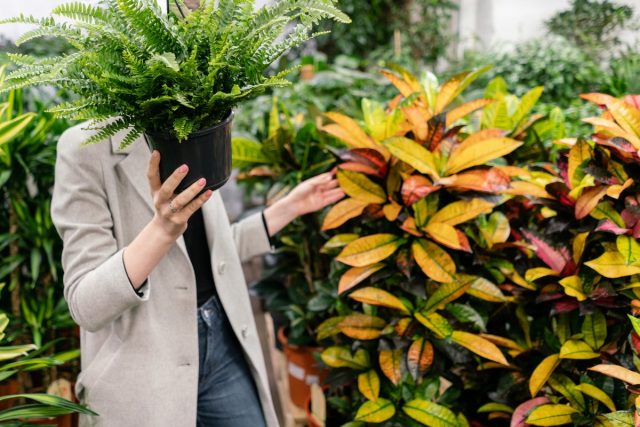
5.It is worth hesitating with the purchase
Having noticed a plant for yourself, you should not rush to buy it on the same day. The prospect of decorating your home with a large, spectacular and very beautiful plant does not always pay off the costs and risks of expensive purchases. Carefully analyze the variety and species information that is available on the Internet or directories, highlight the key points in the cultivation and think about exactly where you want to place the plant. He needs to be provided with ideal conditions, and not only find the most spectacular place.
If, in order for the plant to receive optimal lighting and the temperature regime, it will need to be set away from the eyes, you should think about the appropriateness of the purchase. Only after weighing whether you can take care of the plant the way it really needs it, and whether it can forgive you for your mistakes, is it worth going back to the store and making a purchase.
Read also our article Where to buy houseplants?
6. Special “clothes” for take-out
Be sure to make sure that your expensive purchase is delivered correctly or packaged so that the plant will least of all suffer from transportation. In the store, you must definitely pack it in special materials or protective boxes that will not allow the plant to feel sudden changes during transportation. Additional insulation is necessary if the outside air temperature is below 18 degrees Celsius.

7. Quarantine is required
For all indoor plants, without exception, the chance of preservation directly depends on whether the right conditions and care were provided in the first weeks. The period of adaptation to a new home for large and expensive plants is very critical. Plants need to be quarantined for 1-2 weeks. These are special “intermediate”, soft, as close as possible to the usual conditions and isolation from domestic plants, allowing you to identify traces of pests and diseases.
Immediately after arrival, do not rush to remove the packaging, allowing the temperatures to even out. If the plant has suffered any damage during transportation, you need to carefully remove or cut off the leaves or some parts of the shoots.
Plants in specialized farms create the best possible conditions, with a stable daylight hours, additional lighting, constant air humidity, a control system for temperature indicators and substrate humidity, treatment with stimulants or, conversely, growth inhibitors, which allow to achieve maximum decorative effect – the very “presentation” “. The conditions of any home are radically different from the habits of plants, but it is possible and necessary to soften the transition to other conditions.
Adhering to the recommendations for growing for a particular crop, it is worth choosing the coolest of the acceptable temperatures, soft medium lighting and raising the humidity to maximum. If the purchased plant is extremely light-requiring, then after 2-3 days the lighting can be increased. Water the plants carefully when the top layer of the soil dries out a little, without overmoistening or overdrying the substrate. It is better not to feed the plant during quarantine.
Only after the plant has mastered the new conditions, it is transferred to a permanent place and proceeds to more active care according to the recommendations. It is better to transplant in February or March, when the beginner is completely comfortable.
